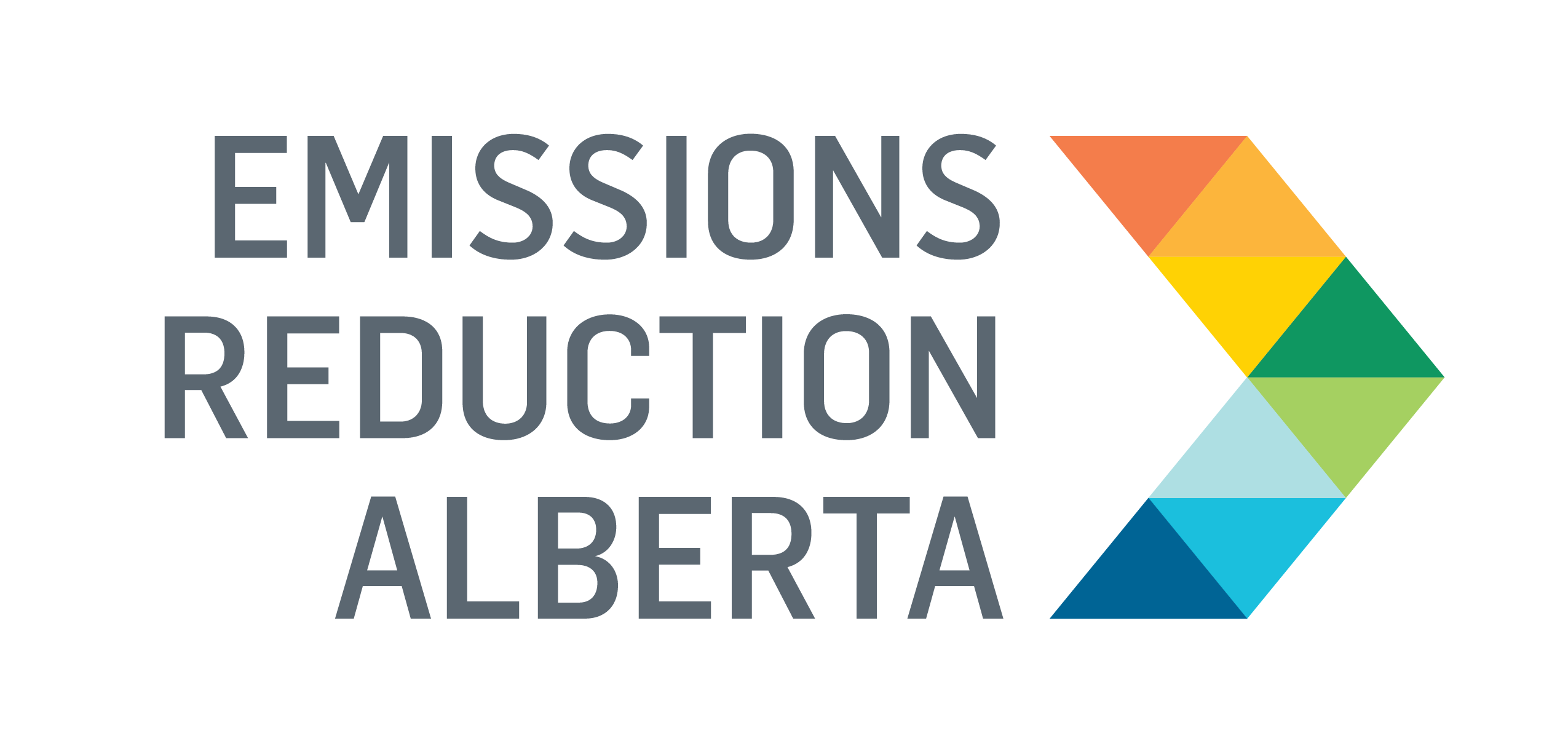Scaling A Combined Solution for Wastewater Treatment and CO2 Conversion
This project is a follow-on project that helped demonstrate and test a technology from the University of British Columbia. Funded through round 2 of ERA’s Grand Challenge in 2019, the technology is a novel system that turns salty wastewater from oil sands operations into clean water and useful chemicals.
The technology uses electricity and special membranes to create a chemical reaction to remove CO2 from waste gases and turn it into useful chemicals like sodium carbonate and hydrochloric acid. The system works by running electricity through the salty water, separating out the different components using membranes. This creates clean water and the two chemicals, which can then be reused on-site. What makes this approach novel is its ability to create a closed-loop, on-site solution that reduces both water use and emissions. Unlike traditional systems that treat CO2 and wastewater separately, this technology combines both processes. By producing water and chemicals directly at the site, the technology helps reduce greenhouse gas emissions in several ways. It avoids the need to truck salty wastewater to faraway disposal sites and eliminates the need to transport chemicals from distant factories. Additionally, it captures CO2 and turns it into a solid form, helping lower emissions even more.
Confirming Real-World Use and Reliability
The project provided several key lessons about the technical and commercial feasibility of Mangrove’s system. One important takeaway was the successful scale-up of the technology from lab-scale cells to a commercial scale. This confirmed that performance could be maintained as the system was scaled, validating the modular design and demonstrating the system’s potential for deployment in field conditions. Durability testing also showed that the system could operate continuously for over 2,000 hours, reinforcing its reliability for industrial use.
From a marketability standpoint, the project highlighted the importance of water pre-treatment in ensuring stable system performance. Treating a range of real-world wastewater samples helped refine the front-end design, confirming that the system could be adapted to a variety of wastewater types found across Alberta’s oil and gas sector. Additionally, validating that the chemicals produced met industry standards for use in operations was critical in building customer confidence. The ability to produce chemicals and desalinated water directly on-site showed strong potential to reduce both logistics costs and emissions, reinforcing the business case for deployment.
What’s next?
Overall, the project helped de-risk the technology, proving that it is both technically sound and commercially viable. After the project was completed in 2019, Mangrove Technology had a follow-on project funded through round 3 of ERA’s Grand Challenge to focus on commercial deployment. While the project displayed substantial progress, it was ultimately cancelled due to market dynamics and partnership challenges. After this follow-on project was cancelled, Mangrove Technologies leveraged their work to shift focus toward lithium refining to support the growing demand for electric vehicle batteries. The company is now applying its core electrochemical technology to recover and purify lithium from brines, using a similar waste-to-value approach that minimizes chemical use and water waste. This pivot aligns with global trends in clean energy and resource sustainability, and the company has attracted major investment to scale this new application.
